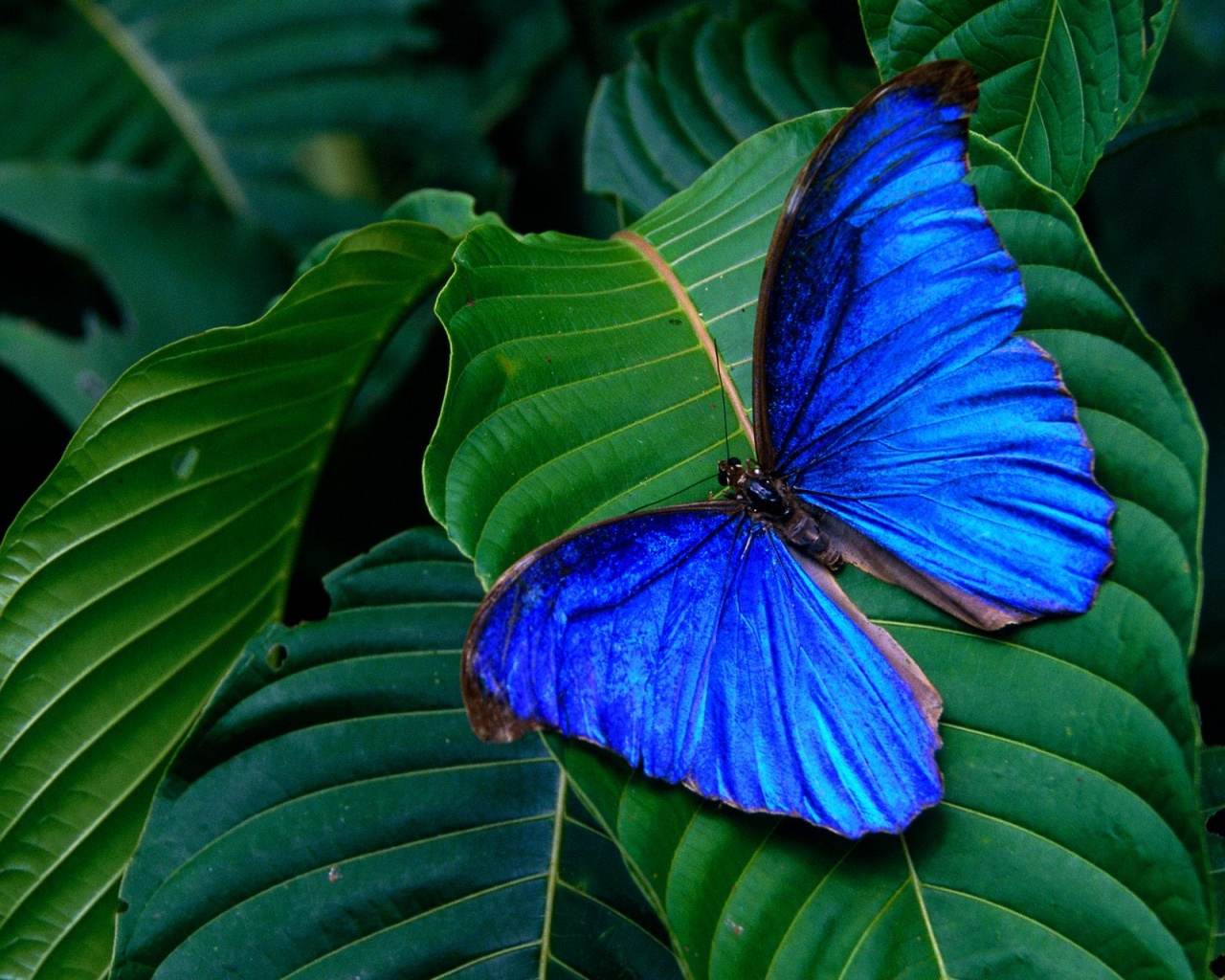 |
American Literature: Romanticism Final Exam Assignment |
 |
Due date: 6-10 December; deadline noon Friday 10 December unless special permission
Content: 1 mid-length essay (4-6 paragraphs) + 2 long essays (6-9 paragraphs)
Format:
-
Open-book, open-notebook. Use course materials + outside sources (<optional).
-
No direct coaching or outside contributions from another person in writing final version, but you can ask for help proofreading as long as editor reviews changes with you.
-
No copying or lifting from outside sources without attribution.
Email students:
-
Total time writing: 3-4 hours—Divide? e.g., 2 hours Sunday, 2 hours Monday?
-
write & submit answers in any order, but indicate choices
-
all 1 file please—exceptions OK
-
sections’ contents may overlap / repeat; acknowledge, cross-reference, economize
-
If your exam will be late, communicate! (professional courtesy)
Special Requirements:
-
Number & title each essay—the better the title, the better the writing.
-
Refer at least once to a previous final exam answer or our class’s midterm samples (Model Assignments)
![]() Mid-length essay (4-6
paragraphs)
Mid-length essay (4-6
paragraphs)
![]()
![]()
Review & prioritize your learning in American Renaissance.
If someone comparably educated asked you what you gained from our course (and for any reason you weren’t inclined to gripe), how would you answer?
Possible emphases:
-
2-3 uses for course and / or texts; questions you had about literature that have been answered or came into focus
-
Personal / professional applications; applications to career or general learning
-
Usefulness of literary-historical studies? What clicked and why?
-
What do your interests in the course reveal about your profile as a Literature major, and how do these interests connect to academic or professional interests beyond this course?
-
If the course wasn't your preference, what can you make of it?
-
Highlights of semester. Connections to other courses. How are you maturing as a reader and writer?
Not looking for cheerleading but an intelligent measurement of what you learned and can imagine doing with it. If you have criticisms or suggestions, make them work for you and me. You'll be judged not for flattery or disapproval but for your thinking and writing about our texts, subject, and classroom related to your sense of needs for literature and teaching in our society.
Potential themes and links: Critical thinking; unity / transition in writing; Student leadership; Literature as entertainment + improvement, escape + engagement; "close reading"; "Historicism":
![]()
![]()
![]()
![]()
![]()
![]()
![]()
![]()
![]() Long Essay Questions
Long Essay Questions
![]()
Choose Two of these Questions
(6-9 paragraph answers)
![]()
Requirement: Give each essay a title.
1. Why do “desire and loss” re-appear so frequently in American Romantic texts, both as driving forces in the “romance” narrative and as indexes for Romantic values?
Describe the significance of this pattern for the romance narrative and its general significance in Romanticism, citing works by three or four writers.
*Consider Columbus, Smith, Bradstreet, Rowlandson, Edwards, Poe, Hawthorne, Douglass, Jacobs, Stowe, Whitman, Hurston, Fitzgerald, or others.
2. How has American Romanticism continued or changed in post-Romantic American literature?—that is, literature after the Civil War and American Renaissance of the pre-Civil War generation of the1820s-1860s?
Refer to at least three writers from our last four class meetings and to a contemporary poem from the presentations.
Relevant writers from our last four classes: James, Jewett, Chesnutt, McKay, Hurston, Toomer, Hughes, Cullen, and Fitzgerald.
Warning: If you presented one of these poems, resist the temptation to reprise your presentation in full, but references to highlights are welcome.
3. Historically, Romanticism began in Europe and is mostly associated with European literary traditions and cultural values. American writers typically associated with this literary movement (Cooper, Poe, Emerson, Fitzgerald) are of European descent. In America and esp. the USA, though, Romanticism must adapt to a multi-racial and multicultural nation involving a dominant culture and distinct minority cultures. In current pedagogy, all writer in a seminar like ours write in English, a European language. In addition to mastering various versions of this language, writers from non-European races must consider dominant-culture themes and genres as options for their compositions. For instance, Romanticism.
Write an essay involving three writers representing at least two of the three major early American races: European American (required), African American (required), and Native American Indian (optional).
Consider how race either complicates, absorbs, or exemplifies the formulas of Romanticism. Reflect how such investigations transform our conception of Romanticism. Is it a style based on universal truths, or a set of historical and cultural conventions, or a shifting set of features that reflect the desire and perspective of the observer? How does the usefulness of the term “Romanticism” change?
-
For a European-American writer, choose a writer who represents race more or less directly, like Stowe, but if it suits your purposes, you might choose a writer who treats the issue less directly or even apparently ignores it (e.g., Irving or Fitzgerald).
-
For African American writers, choose among Douglass, Jacobs, McKay, Hurston, Chesnutt, Cullen, or Hughes.
-
If these lists leave out someone from our reading, use your judgment to add appropriate names as necessary.
-
You may discuss more than three writers, but many more might dilute productive cross-racial tension you might achieve by comparing fewer writers from different racial contexts.
-
What advantages or downsides to studying multicultural authors in a mainstream or classics course?
4. Citing at least three authors, review and evaluate some varieties of the Gothic encountered this semester. Why does the Gothic recur so frequently in American literature or beyond? Why is it so adaptable to different environments, and what different purposes may it serve? What are some possible theological, intellectual, and cultural sources, limitations, and biases?
Default organization:
- Identify or define the Gothic as a literary genre or mode.
- Review in detail the backgrounds and sub-categories of the Gothic encountered across the semester with examples from selected authors and texts.
- Evaluate the appeal and limits of the Gothic.
Possible authors: Rowlandson, Edwards, Irving, Poe, Hawthorne, Douglass, Jacobs, Chesnutt, McKay, Hughes, Cullen, Plath, Dickinson, others.
Not required but noted: The African American authors Douglass, Jacobs, McKay, Hughes, and Cullen are not gothic writers but are included among options because of their experiments inverting the gothic color code whereby white or light equals purity or virtue, and black or darkness equals decay or sin.
5. Review and defend Romantic Poetry as an essential medium for American Romanticism, explicating 2-3 poems (one of which may be outside our course readings).
-
Review overall management of poetry in course and suggest improvements.* Refer to presentations, what worked or didn’t regardless of poem content.
-
Compare and contrast the poems you select, building either a consistent pattern of Romanticism or an appreciation of the variety the term tolerates.
-
Question how useful Romanticism is at helping you read the poem. Does identifying elements as “Romantic” help or hinder appreciation of the poem? For instance, Romanticism may be so integral to American culture that it may feel more powerful and universal, more a part of nature, if it doesn’t have a name. Knowing Romantic conventions may be distancing or abstracting—it may make history out of what we thought was natural—but such feelings may be powerful in their own right.
-
Take account also of the term’s limits when dealing with a poem of a complex or high quality or from another stylistic period.
[*Among improvements planned: instructor will offer more instruction on poetry, possibly with half-classes devoted to Dickinson, Whitman, Poe, and/or Harlem Renaissance poets.]
6. Write an essay concerning some persistent or occasional issue, problem, or theme significant to the course but overlooked by the previous four questions. You are welcome to use aspects of the course objectives. Your choice for this question may overlap with other questions above. If your topic appears to range beyond the course's evident subject matter, defend or rationalize your topic. Relate your topic to the larger subject of American Romanticism--what relevant insights does your discussion reveal or suggest? Refer to at least three writers and their texts.
Possible items for #5: Byronic hero; transcendence and/or Transcendentalism
Previous example from
Model Assignments 2003: "The Mysterious Female: Elusiveness as a
Means of Increasing and Prolonging Male Desire in American
Romanticism
